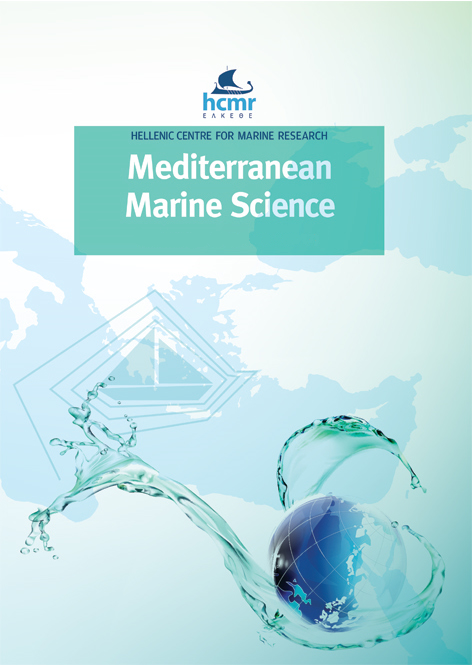New record of Hexanchus griseus in the northwestern Mediterranean Sea with insights into its biology and feeding ecology predator or scavenger?
Аннотация
On 15 March 2021, a male Hexanchus griseus was incidentally captured by a commercial bottom trawler at 550-730 m depth in the Gulf of Valencia (Spain). The specimen measured 251.8 cm in total length, weighed 86.2 kg and its reproductive system was fully developed, characterizing it as the smallest mature male bluntnose sixgill shark recorded in the Mediterranean Sea. The specimen hosted the ectoparasitic copepod Demoleus heptapus. Remains of a Stenella coeruleoalba calf were identified in its stomach content by applying molecular methods. The feeding behaviour of H. griseus as either actively preying on live cetaceans or as scavenging on carcasses is reviewed and discussed to better understand the species’ role in marine food webs.
Article Details
- Как цитировать
-
RUIZ-GARCÍA, D., GARCÍA-SALINAS, P., RAGA, J. A., MOURA, A. E., DROMBY , M., & BARRÍA, C. (2023). New record of Hexanchus griseus in the northwestern Mediterranean Sea with insights into its biology and feeding ecology: predator or scavenger?. Mediterranean Marine Science, 24(1), 109–116. https://doi.org/10.12681/mms.29940
- Раздел
- Short Communication
Authors who publish with this journal agree to the following terms:
- Authors retain copyright and grant the journal right of first publication with the work simultaneously licensed under a Creative Commons Attribution Non-Commercial License that allows others to share the work with an acknowledgement of the work's authorship and initial publication in this journal.
- Authors are able to enter into separate, additional contractual arrangements for the non-exclusive distribution of the journal's published version of the work (e.g. post it to an institutional repository or publish it in a book), with an acknowledgement of its initial publication in this journal.
- Authors are permitted and encouraged to post their work online (preferably in institutional repositories or on their website) prior to and during the submission process, as it can lead to productive exchanges, as well as earlier and greater citation of published work (See The Effect of Open Access).







